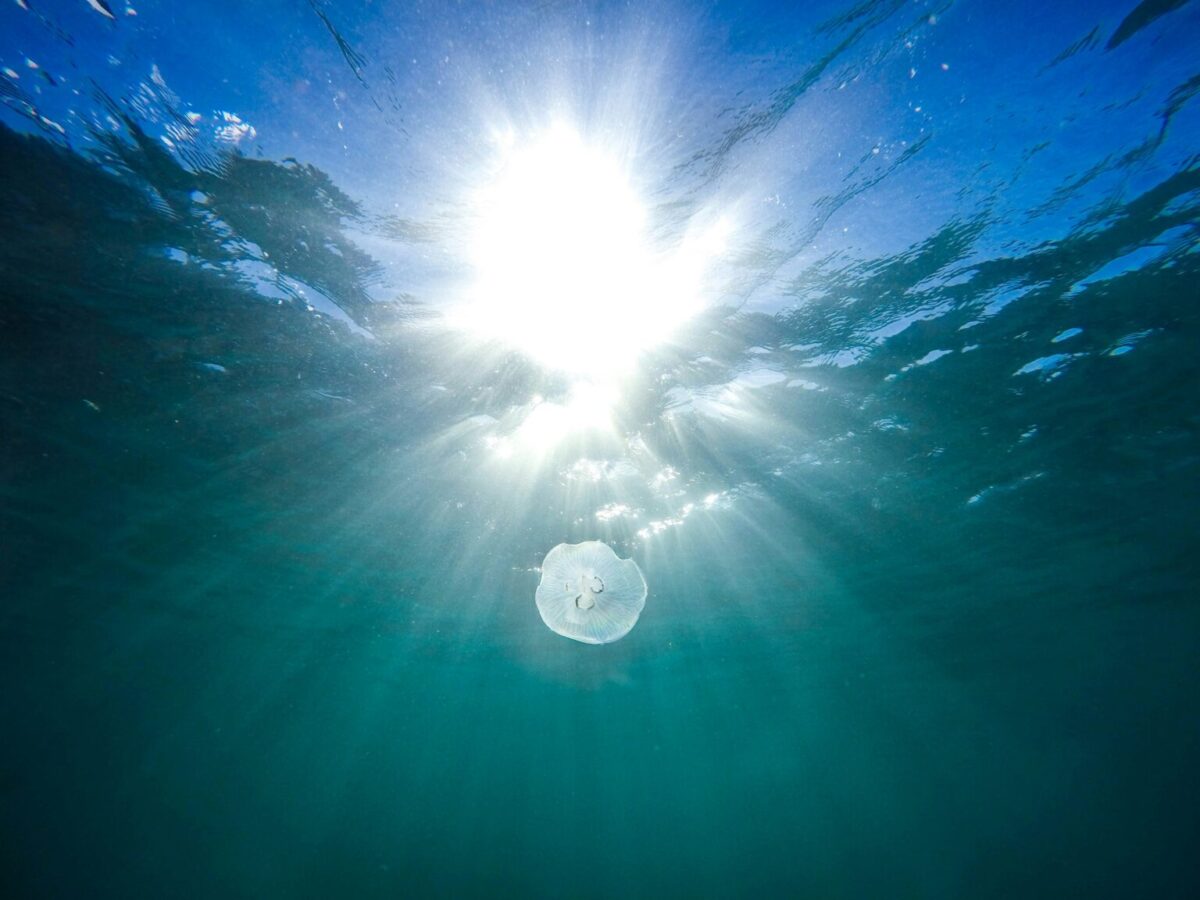Researchers funded by the US Navy have developed a novel coating for underwater solar cells that prevents biofouling while preserving visible light transmission. Biofouling, the attachment and growth of organisms, can reduce the optical efficiency of solar cells. These cells are used in unmanned and autonomous underwater vehicles for naval surveillance, oceanographic research, and other applications.
“The necessity of the present study is highlighted by the current lack of coating systems that are both fouling-resistant and maintain light transmittance on their own,” said the academics. “Existing coatings require regular human intervention, such as mechanical cleaning and grooming techniques, to maintain efficiency, which is a tedious and labor-intensive process. The proposed self-polishing technology has the potential to eliminate the need for mechanical grooming, offering a more efficient and less labor intensive solution.”
The novel solution uses ultra-low concentrations of nano-sized, seawater-soluble pigments, such as cuprous oxide (Cu2O) and zinc oxide (ZnO), combined with an organic biocide and a fast-polishing binder. The team explained that when these coatings are exposed to seawater, the pigment particles dissolve, creating a porous layer that allows seawater to diffuse into the coating.
“This leached layer enables the dissolved biocidal compounds to diffuse out of the coating and into seawater,” they said. “The leached layer binder matrix reacts with seawater ions and forms soluble compounds in a controlled manner. To balance this and establish a higher or lower polishing rate, self-polishing coatings use copolymers that may or may not hydrolyze in seawater. As the hydrolysis continues, the eroding polymer and dissolving pigment fronts expose fresh layers of acrylate polymer and pigments, leading to a self-polishing effect with a more or less stable leached layer thickness.”
The research team tested different binder systems for the coating, using various particle mixtures. They used silyl acrylate (SA) alone or combined with rosin (SA-R) in a 70:30 weight ratio for the binders. The particle mixtures included nano-sized cuprous oxide (NC), nano-sized zinc oxide (NZ), the organic liquid biocide SeaNine 211 (SN), micron-sized cuprous oxide (MC), and micron-sized zinc oxide (MZ).
They applied the coatings to 6 mm thick, smooth, transparent polycarbonate substrates measuring 200 mm × 100 mm. The coated panels were submerged in Hundested Harbor, Denmark, for two and a half months, with inspections and photographs taken after two, six, and 10 weeks.
“The combined action of NC, NZ, and SN in an SA-R coating provided a significant fouling resistance throughout the 12-week exposure period, attributed to the synergistic rate of dissolution effects and the rapid polishing rate of the SA-R binder,” the researchers said.
This champion coating had an NC pigment volume concentration (PVC) rate of 0.04%, NZ PVC of 0.08%, and weight percent of solvent-free coating basis (SN) of 3%.
“The same formulation exhibited a complete polish through by week 12, after which the coating started to foul, implying a high polishing rate of about 1.4 μm/day, surpassing conventional rates of 5–15 μm/month (0.15–0.5 μm/day),” the researchers said. “Further testing with the formulation was conducted by the Office of Naval Research (ONR) in Florida, where the coating showcased exceptional resistance to biofouling in warm (22 C to 30 C) seawater with extreme fouling conditions. Solar power generation remained close to 100% efficiency throughout a 13-week.”
he researchers said the nano-sized versions of Cu2O and ZnO are about 20 times more expensive than the conventional micron-sized versions. However, they noted that the low volume required in the developed solution keeps formulation costs relatively low.
The Technical University of Denmark researchers described their work in “Self-sustaining antifouling coating for underwater solar cells,” which was recently published in Progress in Organic Coatings.
This content is protected by copyright and may not be reused. If you want to cooperate with us and would like to reuse some of our content, please contact: editors@pv-magazine.com.








By submitting this form you agree to pv magazine using your data for the purposes of publishing your comment.
Your personal data will only be disclosed or otherwise transmitted to third parties for the purposes of spam filtering or if this is necessary for technical maintenance of the website. Any other transfer to third parties will not take place unless this is justified on the basis of applicable data protection regulations or if pv magazine is legally obliged to do so.
You may revoke this consent at any time with effect for the future, in which case your personal data will be deleted immediately. Otherwise, your data will be deleted if pv magazine has processed your request or the purpose of data storage is fulfilled.
Further information on data privacy can be found in our Data Protection Policy.